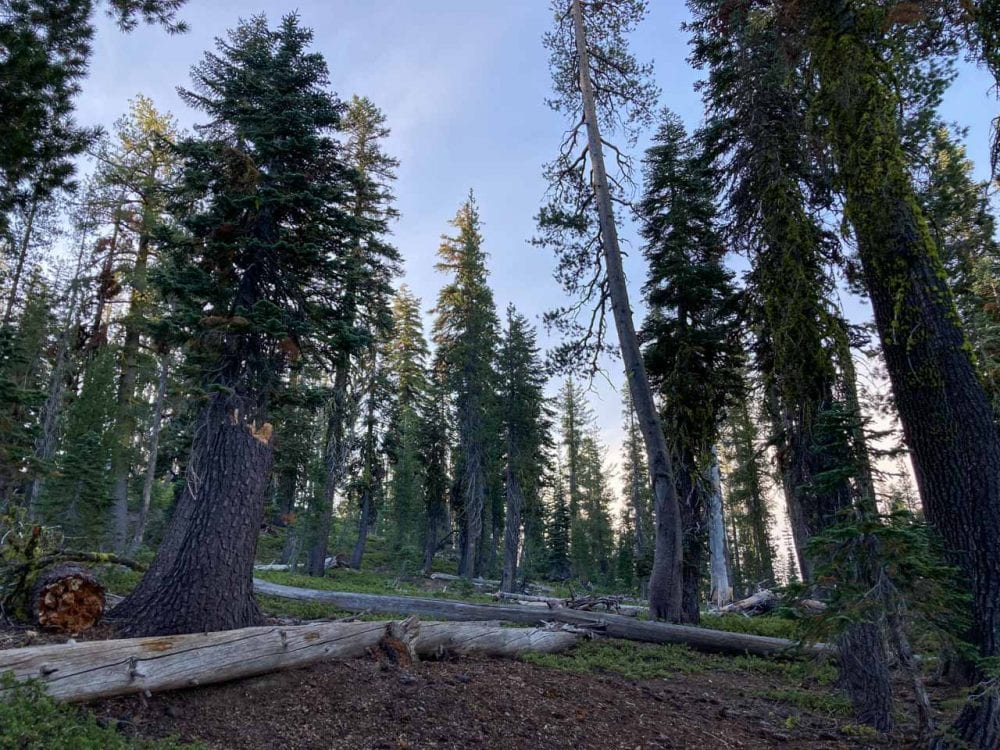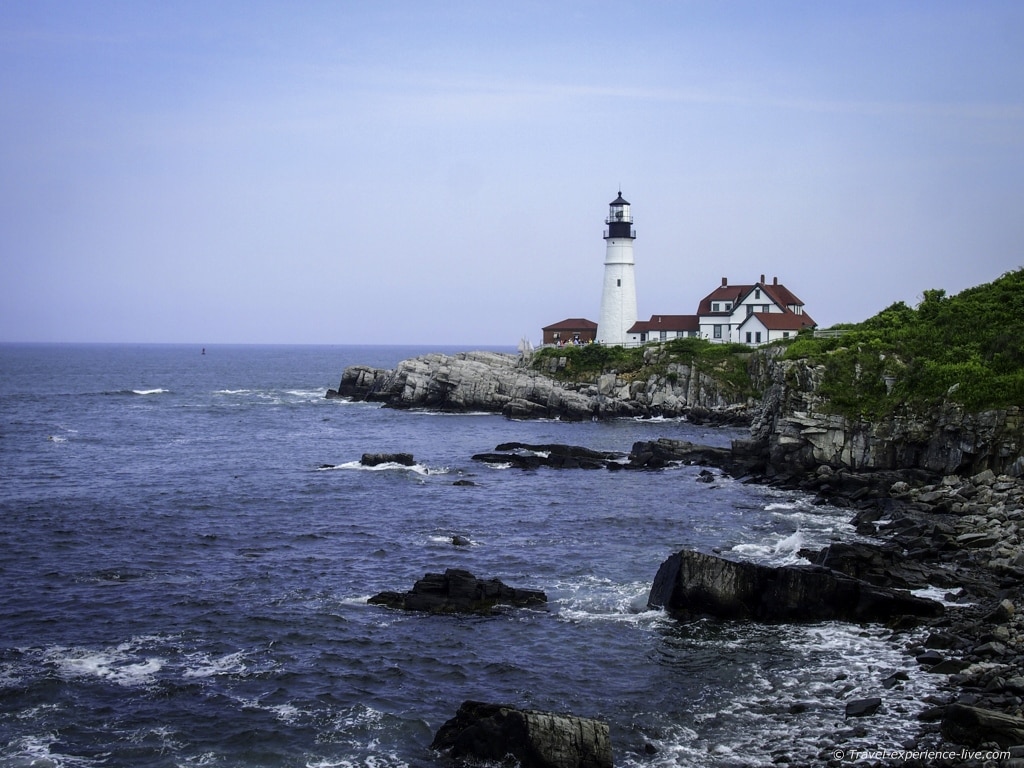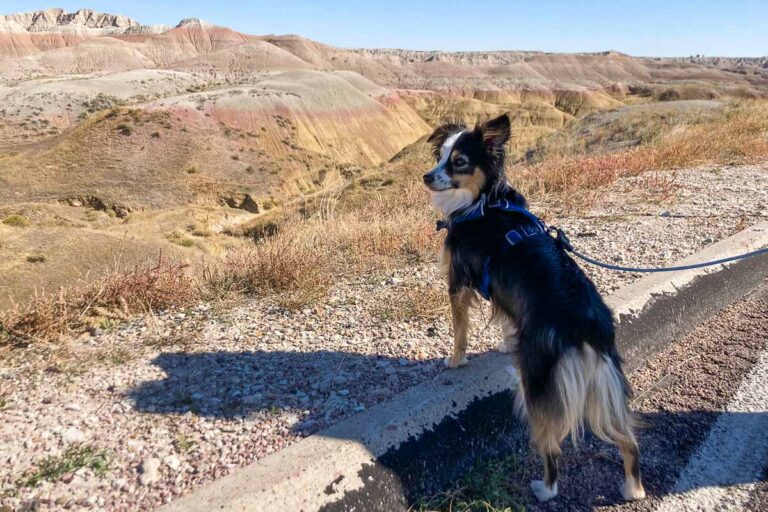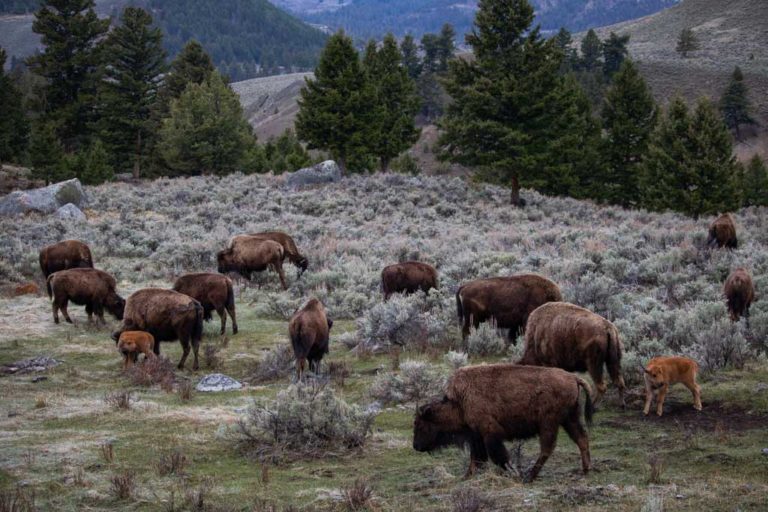Lassen Volcanic Highway Closes to Thru Traffic for Winter
This news story about the Lassen Volcanic Highway closure is based on an October 22, 2021, National Park Service press release. You can read the original release here.
After an eventful summer season, which saw high visitation and came with devastating forest fires, Lassen Volcanic National Park is now shutting down partially for the winter and spring season.
As usual, most of the Lassen Volcanic Highway will be closed to through traffic during winter, although short sections in the north and south will remain open to vehicles.
Another, longer section in the south will allow for non-vehicular use during winter, meaning all non-motorized means of overland travel, particularly cross-country skiing and snowshoeing.
Lassen Volcanic Highway Closure to Thru Traffic Is Now in Effect

According to the National Park Service, fall storms continue to bring rain, snow and ice to the high-elevation Lassen Volcanic Highway. This has prompted park management to close the roadway to through traffic for the winter and spring snow season.
However, Lassen Volcanic National Park itself remains open throughout winter and spring.
Vehicle access is limited to one mile from the northwest entrance to the Loomis Plaza and one mile from the southwest entrance to the Kohm Yah-mah-nee Visitor Center.
The section of highway between Loomis Plaza and Lassen Peak remains closed to all uses due to the presence of hazard trees along the roadway. The eight-mile section between Kohm Yah-mah-nee Visitor Center and Lassen Peak parking area is open for hiking, snowshoeing and skiing.
“The park and its partners are continuing to repair and stabilize areas impacted by the Dixie Fire that may be susceptible to the inclement weather,” said Lassen Volcanic National Park Superintendent Jim Richardson.
The eastern portion of the park affected by the Dixie Fire including Butte Lake, Warner Valley, and Juniper Lake areas remain closed. Even though precipitation is dampening fire activity, fire can continue to smolder under snow and wet needle mats. Please Stay Out & Stay Safe to protect yourself and protect your park.
What Remains Open in Lassen Volcanic National Park in Winter?
Manzanita Lake Campground loops A and B remain open for first-come, first-served camping until snow closure. No drinking water is available; the dry camping fee is $15. Fires are now permitted within designated campfire rings.
Camping in self-contained vehicles, such as motorhomes and trailers, is permitted in the Southwest Area parking lot. Fires and fire pans are not permitted, but self-contained barbecues and gas stoves are allowed. Drinking water and restrooms are available inside the visitor center. The winter camping fee is $10.
Eight Lassen Volcanic National Park hiking trails will stay open. All other trails, including Bumpass Hell, are closed due to effects of the Dixie Fire.
- Open trails in the Southwest Area include Brokeoff Mountain, Ridge Lakes and Lassen Peak
- Open trails in the Manzanita Lake Area include Manzanita Lake Loop, Manzanita Creek, Reflection Lake, Lily Pond Trail, Crags Lake and a portion of the Nobles Emigrant Trail between Manzanita Lake and Sunflower Flat.
- The entire park remains closed to backcountry camping.

The Kohm Yah-mah-nee Visitor Center is open 9 am to 5 pm every day through 10/31, then Wednesday through Sunday (closed Monday and Tuesday) through the winter/spring snow season.
Loomis Museum is open 9 am to 5 pm Friday through Sunday until 10/31 when the museum closes for the winter season.
The park entrance fee for a vehicle is $30. The winter entrance is fee is $10 between December 1 and April 15.
Enjoy your visit to Lassen Volcanic in the winter season by being prepared. Check the weather forecast, dress in layers, and carry food and water. Stow a shovel, blankets and tire chains in your vehicle and expect winter road conditions.
Fill up your gas tank before entering the park because there’s no gas available until May. The electric vehicle charging station in the Southwest Area remains unavailable due to impacts of the Dixie Fire.






